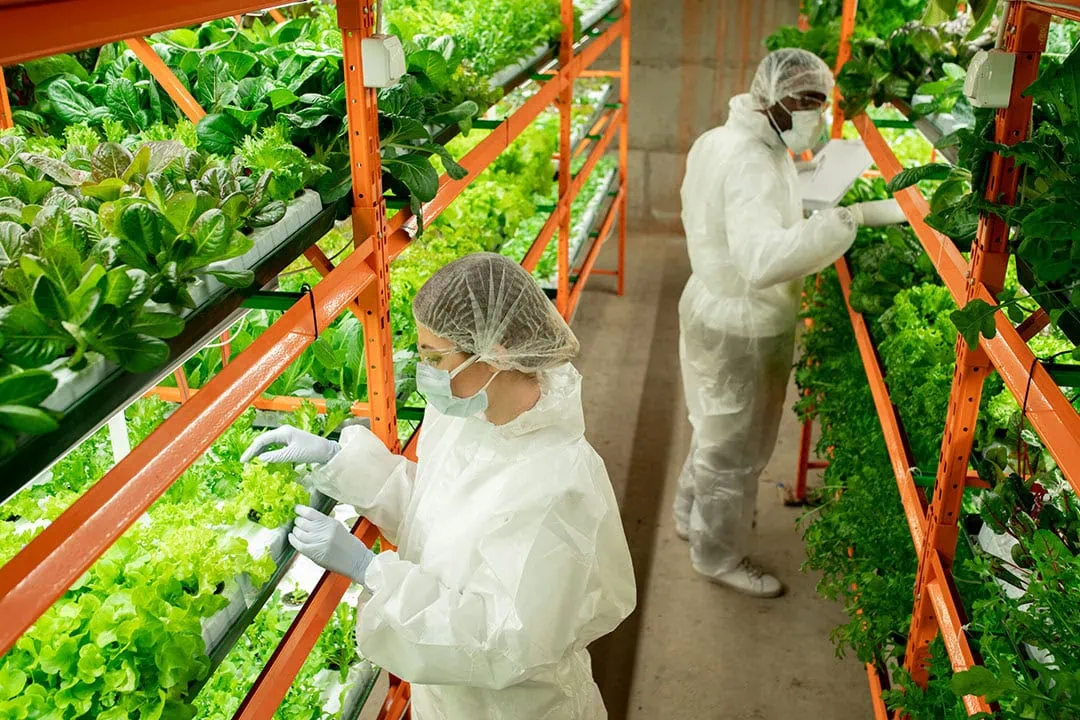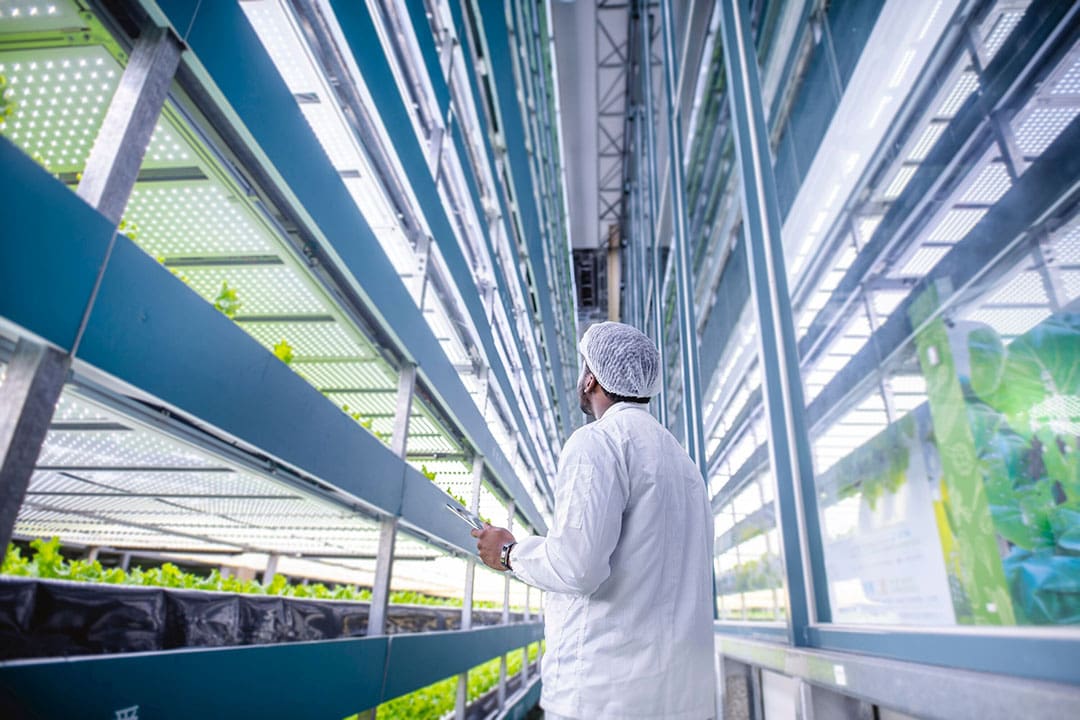Unlocking the potential of vertical farming in 2022 and beyond

Vertical farming holds immense promise to help meet the demand for better quality fresh produce for the world’s growing population, and offers innovative solutions to some of agriculture’s biggest challenges. Heading into 2022, we’re going to see vertical farming become more mainstream.
By 2025, vertical farming is projected to be an almost $ 16 billion industry, implying that investors, consumers and retailers are realising the intrinsic appeal and benefits of producing food indoors and closer to where people live. Consumers want local, fresh and affordable produce, and the world needs a more sustainable food system. We’re still a ways away from vertical farming being mainstream, but below I’ve laid out the steps we can take to get there in 2022 and beyond.
Using seeds and digital technologies
Heading into 2022, we’re going to see vertical farming become more mainstream with the help of seeds and digital technologies. Currently, most local produce growers face the challenge of getting production costs low enough to remain competitive with large producers based in primary growing areas like California.
Vertical farms have unique challenges like the amount of capital tied up in the physical operations and high operational costs, especially related to energy use, which serves as a barrier to entry for many. Seed companies – from a genetics standpoint – can reduce those production costs by increasing yields, reducing crop cycle times by increasing the speed to maturity of the product and bringing costs down.
Selecting and breeding seeds that improve the ability to convert light to biomass could reduce the cost of goods for vertical farmers as well. Reduction in production cycle times means operators would use less light and energy while producing higher volumes of produce. Agronomic changes like these can make a big impact on operational costs, and in the end, will bring costs down for consumers. Advances in seeds can also facilitate greater use of automation and robotics in vertical farms, helping address the acute labor shortages plaguing agriculture and food production.
Text continues underneath image

Companies that combine digital management tools like machine learning with artificial intelligence to predict outcomes will improve vertical farm operations significantly. Vertical farms have great capabilities in this area and now will have the opportunity to use these tools in conjunction with developing new varieties which optimise their powerful digital crop management systems. Of all agricultural production systems, vertical farms have the greatest opportunity to employ digital capabilities to improve yields and crop quality.
Seeds specifically designed for vertical farming requirements will bring great efficiency gains
With that being said, falling technology costs, increased energy efficiency, and automation advancements are greatly increasing the viability of vertical farming. However, vertical farms are still nowhere near their full potential because they are using commercially available seeds primarily developed for other production systems such as open-field agriculture. Seeds specifically designed for vertical farming requirements will bring great efficiency gains, as well as unlock the ability to grow new crop varieties indoors. This is the missing link in vertical farming. We can now use the modern tools of plant science to produce the tastiest, highest quality fruits and veggies locally on the scale we see in traditional agriculture today. Most vertical farming companies are currently focused on improving indoor farming systems and infrastructure, but certainly recognise the need to breed plant varieties and seeds specifically for vertical farming environments and are excited about the opportunities ahead.
Blurring the line between vertical farming and traditional CEA
Major players in the produce industry are now expanding the crops that are being grown under controlled environments like vertical farms and greenhouses. In 2022 and beyond, the difference between traditional controlled environment agriculture (CEA) and vertical farming will become less pronounced as many operators have already started using vertical farming approaches and technology to jumpstart their growing efforts.
For example, plants are most susceptible to risks such as environmental damage and disease in the first weeks of their crop cycle; by implementing a hybrid growing approach of moving them indoors for those first few weeks before transitioning them to greenhouses (or open fields), farmers greatly reduce those risks and increase the quantity of viable crops they can grow. I think we’ll start to see more of this as climate change continues to rear its ugly head at our food system and we look toward alternative modes of food production to keep up with consumer demand.
Text continues below image

Moving beyond leafy greens
As vertical farming becomes more mainstream, we can expect an expansion into products beyond leafy greens and herbs. Advances in seeds will enable a wider span of the available varieties and crops, providing more options for consumers and an opportunity for vertical farmers to capture additional revenue.
Fruiting crops such as tomato, pepper, cucumber and berries will be critical to the industry’s growth
Currently, much of the production is focused on leafy crops but more attention needs to be paid to enabling fruiting crops to be produced economically in vertical farms. Fruiting crops such as tomato, pepper, cucumber and berries will be critical to the industry’s growth. Success with high quality yet still accessible produce while driving the cost down will make it so that everyday families can enjoy the freshest produce ever. This, in combination with innovative technology, an understanding of plant biology to grow crops in controlled, indoor environments, and the ability to be grown near urban areas is the future of vertical farming.
Also read: “Vertical farming needs to expand with fruiting crops”
The bottom line is that vertical farming holds immense promise to help meet the demand for better quality fresh produce for the world’s growing population, and offers innovative solutions to some of agriculture’s biggest challenges. With each day, it seems a new technology or partnership arises in the vertical farming industry and there’s no doubt in my mind that together, we will deliver on the promise that vertical farming holds, and work to reinvigorate our global food system.



